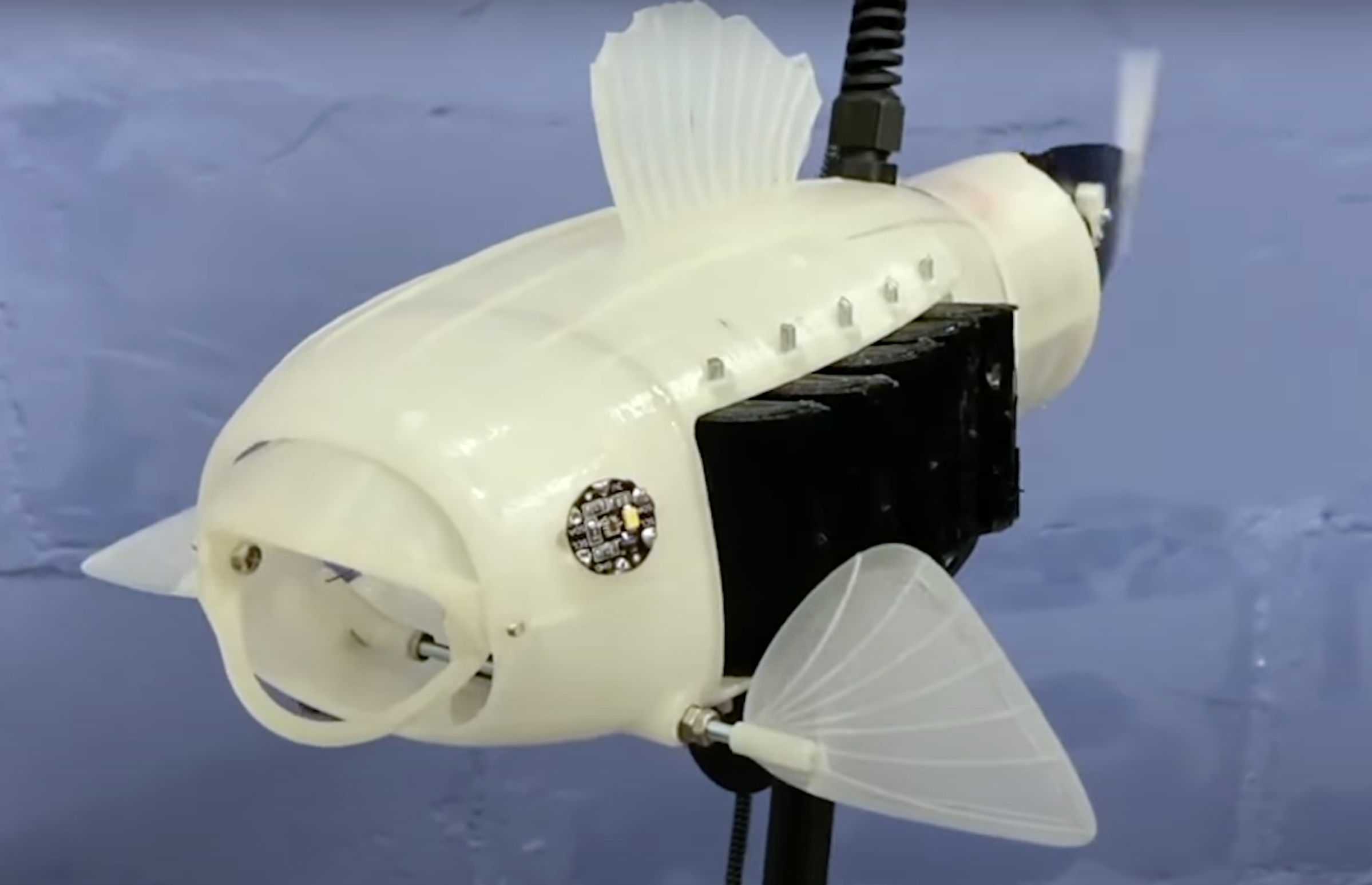
Fish use gills to filter water. Why not do the same to A robotBut for this Filter microplastics? An engineering student in England designed A Robotic fish called gilbert, which uses its gills to filter this waste from the river or sea.
Humanity has been suffering for decades from pollution caused by plastics that end up in the sea. But in recent years, a new type of pollution has emerged: Microplastics. Water, sun, wind and microorganisms break down plastic dumped in the ocean into tiny particles less than 0.5 centimeters long.
These particles are eaten by plankton, bivalves, fish and even whales, who mistake them for food. These consumed plastics cause various problems and diseases to marine fauna and also to humans, because when humans eat fish and shellfish from the sea and rivers, they also ingest the microplastics absorbed in them.
You may be interested in:
A robotic fish that “eats” microplastics.
Not all effects of nanoplastics on animal and human organisms are known yet. But since most of them are toxic, so to speak, and accumulate in organs and blood, their effect is really harmful.
The University of Surrey in Great Britain is organizing a competition for natural robots, where prizes are awarded to robots that imitate nature. This year’s winning project was Robo-Fish Chemistry student Eleanor Mackintosh.
He is not an engineer, so experts from the University of Surrey took his idea and created a prototype that filters microplastics, which Eleanor herself called. Gilbert. You can see this in the video attached below (the result of the robot prototype is shown at 55 seconds):
You may be interested in:
How does Gilbert work?
This robber fish is half a meter. It swims by moving its tail while its mouth remains open to collect water (and microplastics) in its internal cavity. When the cavity fills, the robot closes its mouth and opens the valves of the lamellar gills, expelling water from the valves and raising the bottom of the cavity.
Includes pectoral fins, gill and mouth motor, gill diverter, particle net, separate fin motor, tail fin drive, tail fin motor, battery and microcontroller and sensors to detect water volume level and clarity. Gilbert can collect microplastics up to 2 millimeters in size.

Now, for this system to be effective, thousands, millions of such robots will be needed. But the idea is not to use them to remove microplastics, but to collect some of them and analyze them. This way, marine biologists know which microplastics are affecting certain areas and at what density.
In short, what is really curious and worth saving in this article is that Gilbert There is an idea a chemistry student Which became a reality thanks to a group of experienced engineers.
Continue reading:
Source: Info Bae
Source link
:quality(85)//cloudfront-us-east-1.images.arcpublishing.com/infobae/E4ZSEGW5UNH3XKNOW3ZG2DUAXE.png)